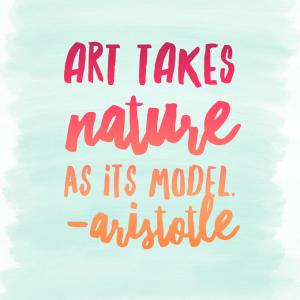Meet Tomas Gabzdil Libertiny, the famous Slovakian artist behind the highly acclaimed “Living Bee Sculpture”as exemplified by his first bee-autiful “Honeycomb Vase”
Libertíny’s works celebrate the natural powers of bees for construction when making a new home for their still infertile young queen. Using his profound knowledge of patterns and their repetitive occurrences in the natural environment, Tomas constructs a light skeleton framework and sets up the conditions with industrial precision. Live bees swarm and regurgitate food that the framework provides for the insects. Their output then forms the core of his sculptural work.
Although Tomas Libertiny is not the first to use insects in creating artwork, Libertiny distinguishes his “Living Bees Sculpture” through his method:
“Where the work of others are destructive as far as insects are concerned, mine is constructive.”
How Libertiny’s Living Bee Sculptures are Made
In specific exhibition events, massive numbers of bees are released to complete final work on a laser-sintered framework. Tomas’ artistry in applying beeswax to the framework allows him to gain control over the bees; luring them too feed and regurgitate where beeswax were applied.
The industrious bees will then create honeycomb skin with precision, thereafter constructing a hive by filling each cell with honey. After which, bees work to remove honey from cells to clean the wax cells, whilst returning the honey they produced after cleaning.
In his “Unbearable Lightness,” 40,000 bees were released to complete a sculpture of a crucified Christ. The beeswax-filled framework held a twist, as Libertiny introduced red dye. That way, the bees at work will fill the cells with red honey to effectively depict the martyred body of Christ.
“Unbearable Lightness” won Libertiny the “Designer of the Future award, as well as contracts to exhibit and/or acquire his work at museums, including including New York’s MoMa.
When asked why bees do all this work him, the artist’s simple reply is that it is because, “I am providing them food and shelter.” He comments that the beehive installation manifests their eagerness to impress their new queen. At the same time, it poses as testament of love and dedication, including the resulting tragedy of their individual sacrifice when protecting the beehive they created.




